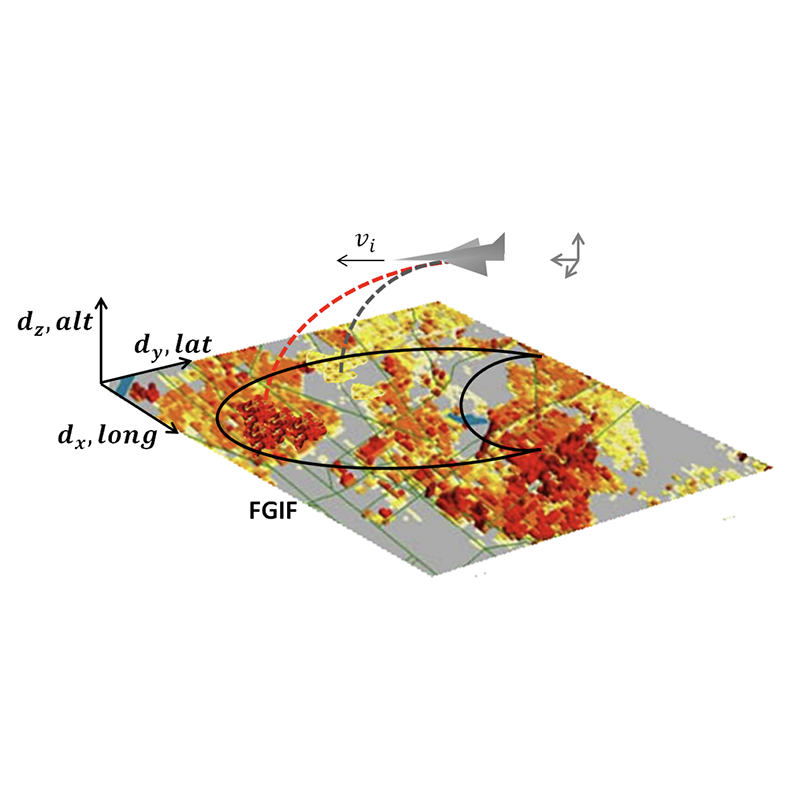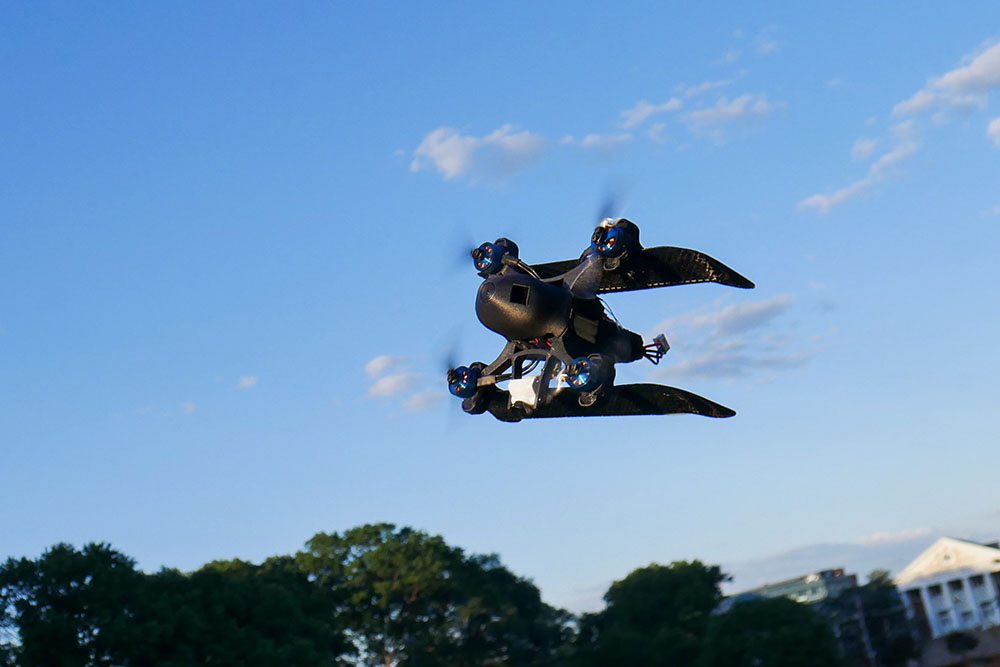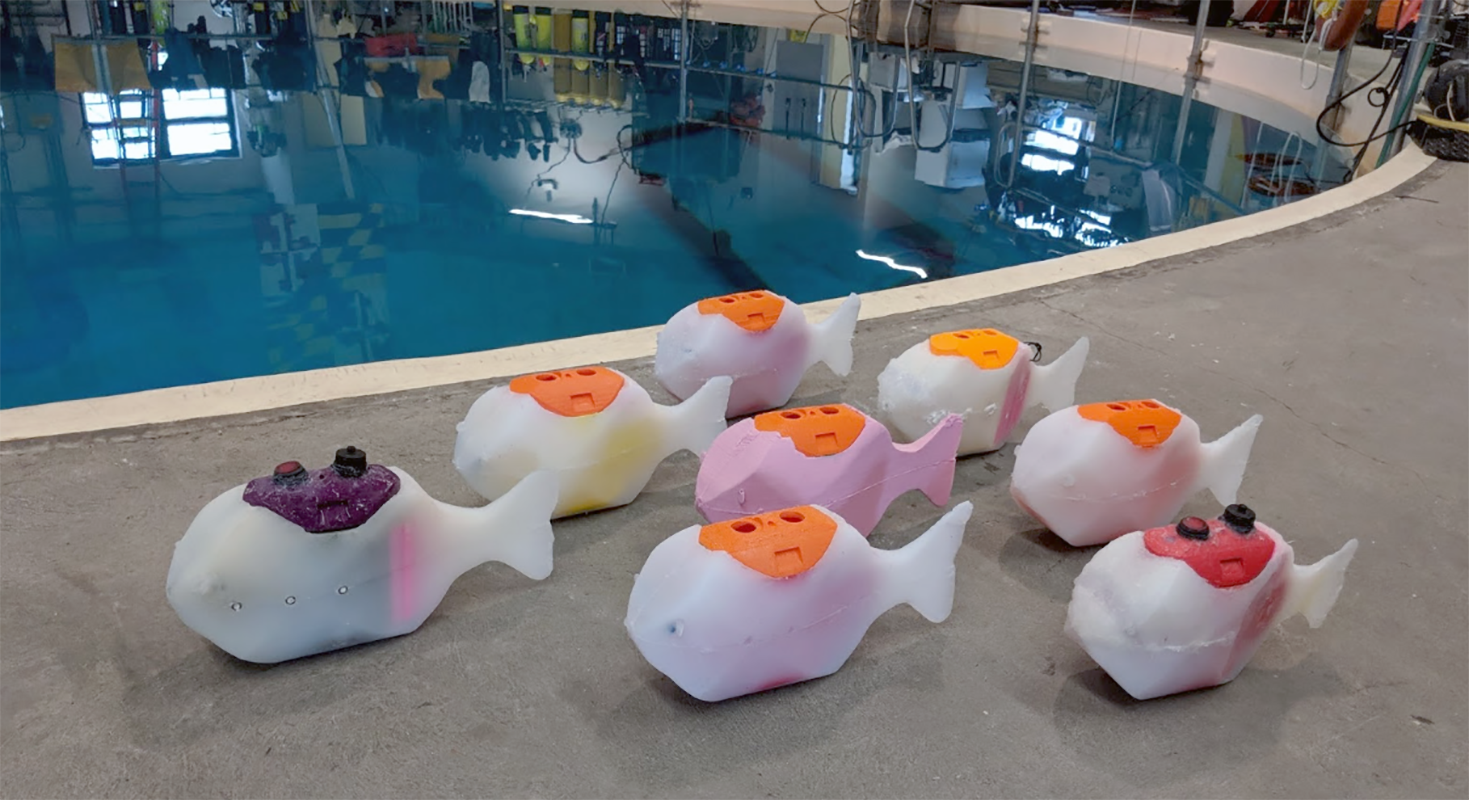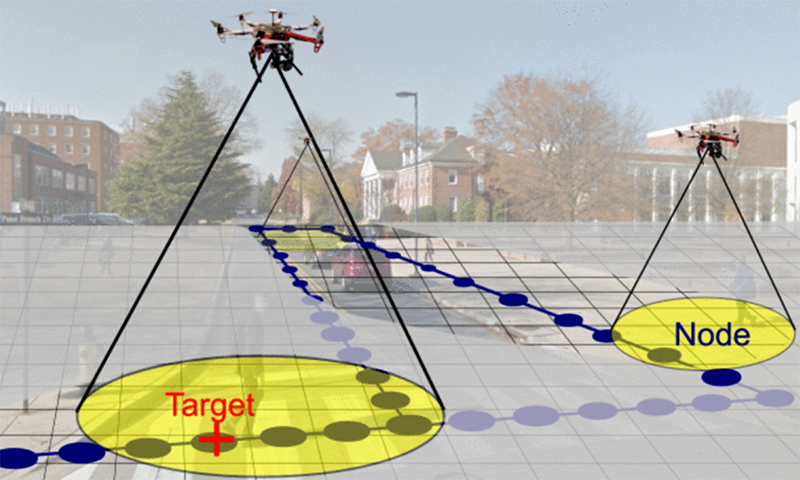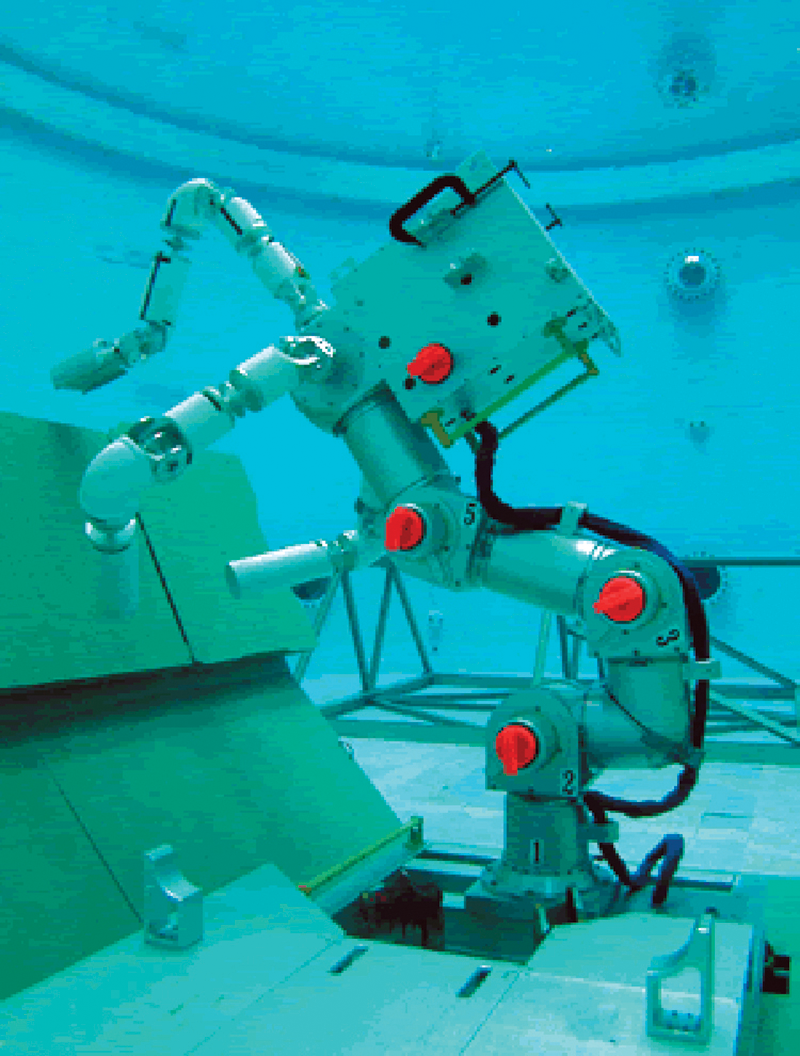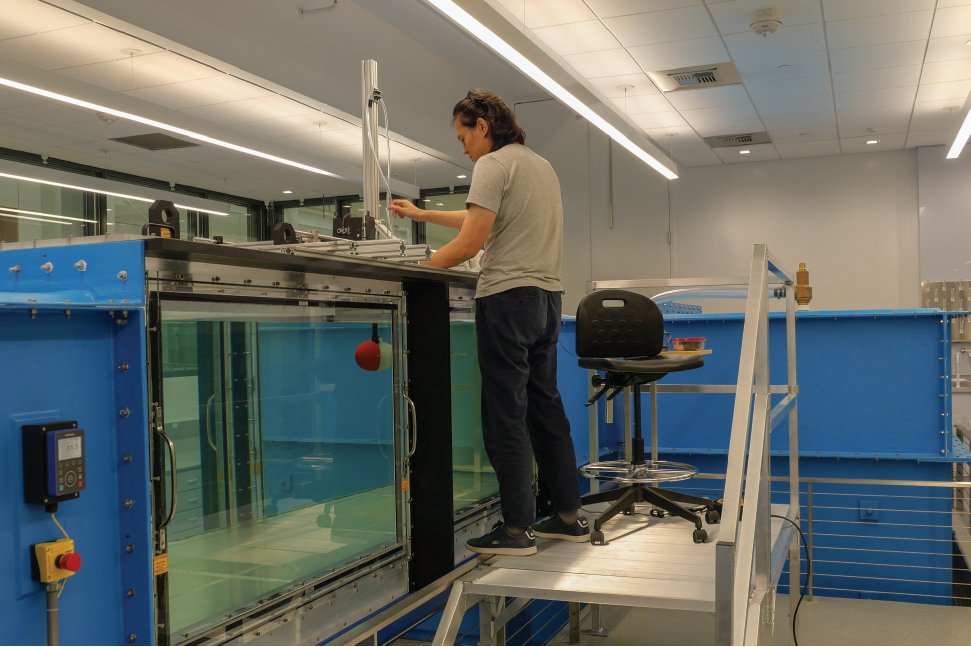News Story
Aerodynamic interaction model improves quadrotor flight stability in gusty winds
Quadrotor unmanned aerial systems (UAS) are powerful tools for commercial and military applications such as surveying farmland and aiding in natural disasters. As they continue to prove their effectiveness in relatively predictable environments, work is ongoing to extend their mission capability, including sensing and perception for unknown environments, aerobatic behavior, hardware failures, and transportation of suspended loads.
Flight stability in gusty winds is an important lingering challenge to surmount before such systems are put into more widespread use. A new paper published in the AIAA Journal of Guidance, Control, and Dynamics uses a model of the aerodynamic interaction between the propellers and wind, paired with onboard flow sensing and feedback control, to improve the stability of quadrotors in unsteady winds with the long-term goal of enabling reliable outdoor flight in windy conditions.
Geometric Attitude and Position Control of a Quadrotor in Wind, by alumnus William Craig (AE Ph.D. 2019), Assistant Clinical Professor Derrick Yeo (AE), and Professor Derek Paley (AE/ISR), addresses flight stability and performance in wind of a quadrotor equipped with custom flow probes that measure wind velocity.
Wind-velocity measurements are used in the attitude and position control through the use of principled models that estimate the aerodynamic forces and moments. The aerodynamic moment is caused primarily by propeller blade flapping, whereas the aerodynamic force includes the induced drag from the rotors and drag over the body. The researchers use a feedback-linearization controller to prescribe inputs based on aerodynamic models and quadrotor kinematics, which are developed on the special Euclidean group. The controller also addresses thrust saturation using a variable-gain algorithm. Simulated and experimental results highlight the benefits of flow feedback and the variable-gain algorithm for the inner- and outer-loop control of attitude and position, respectively.
By using flow feedback, the quadrotor is better able to maintain the desired attitude and position during a wind gust and avoid integral windup associated with proportional–integral–derivative (PID) control. In the near future the researchers hope to use the flow-feedback framework for outdoor flight.
Published February 11, 2020
